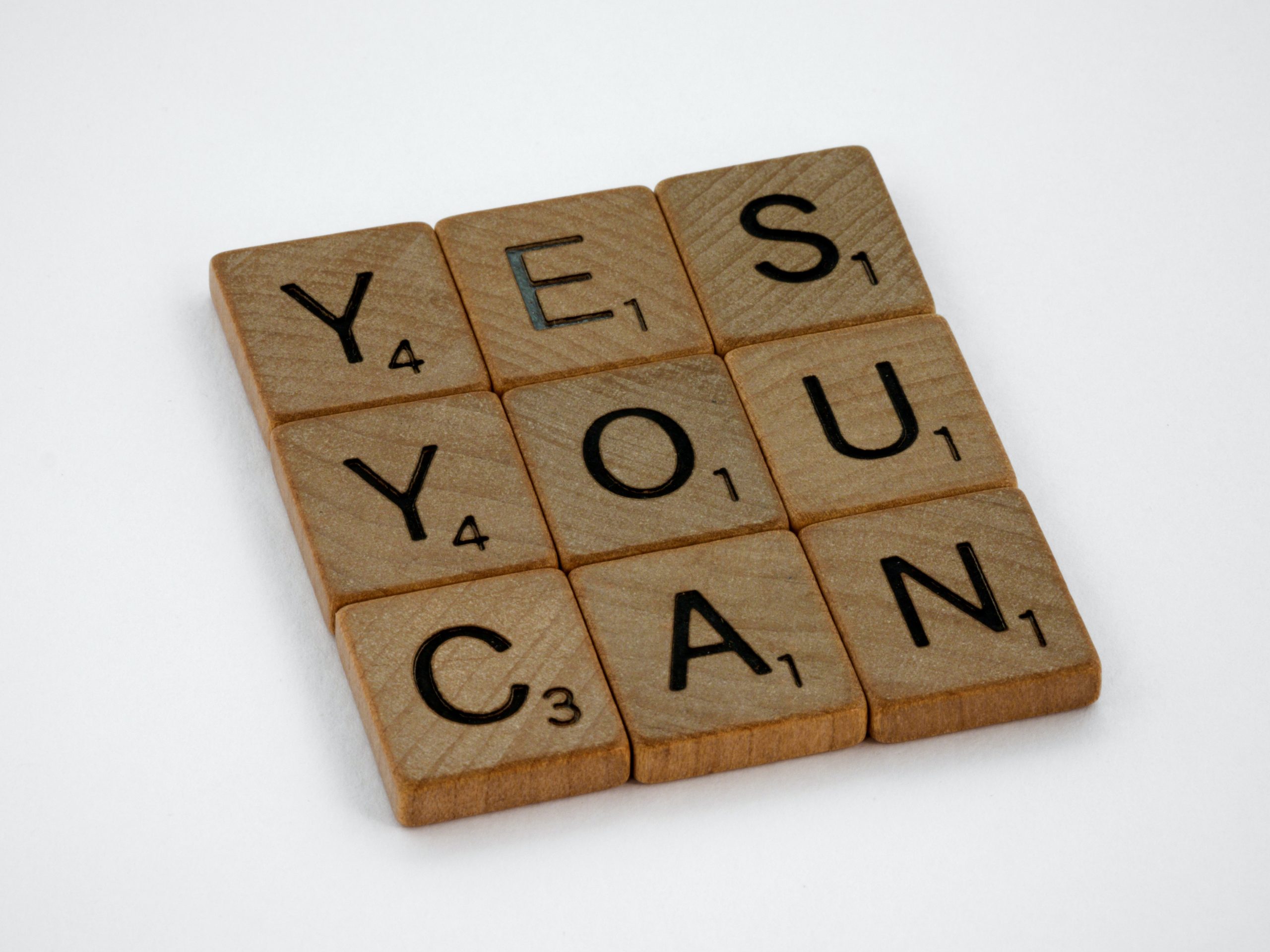This article is written in partnership with Noom—they’re dedicated to making healthy living easier for us all, and we’re honored to work with them. ~ ed.
~
When I sat in my cubicle prison making 50 phone calls per hour until 7:00p.m. every night, I gained 15 pounds.
I put my nose to the grind-stone for 12 plus hours almost daily, and my only reprieve was the promise of pizza, cookies, and cupcakes that our managers would incentivize us with. I need to eat dinner anyway, might as well get another slice.
Depressed was an understatement. I was drowning in personal struggles and water-boarded with an impossible workload. I leaned on hearty lunches to get me through the days, and to my horror, my boss noticed. “Uh, yeah, I’m getting kind of worried about you,” he gestured toward my tightening waistband. I was mortified. And although I hated that this wake-up call comment came from him, it was what I needed to stick my head out of the water and learn how to breathe again.
My situation wasn’t changing, though, so how would I? Where could I even start? I had found comfort and safety between mozzarella cheese and dough. Was I just going to give that up?
The truth is, it’s impossible to make a major change in a short period of time. Psychologically, we need digestible (no pun intended) steps laid out before us, otherwise we feel paralyzed. We can’t focus on the whole staircase, we need to just zero in on the first step.
Change your life with the first tiny step, here >>
I had to ask myself what the hell that step could even look like—and then I settled on running. I was going to run, every day along the Potomac River, after work. I packed a backpack with sneakers and gym clothes in my fragile Ford Fiesta each morning, and stared at it (with disdain at first) on my passenger seat each night after work. I took the time to pack it, might as well give this a shot.
Unconsciously, I was setting a phenomenon into motion that ultimately changed (at least the physical) part of my life, and it was called Habit Stacking. I was introduced to its proper name through an app I tried called Noom—they’re a team of psychology and lifestyle enhancing extraordinaires, and they vehemently believe in this method of changing the way we move through our lives.
I’ve always thought about Noom as being focused primarily on eating habits alone, but the science behind our daily choices encompasses much more than just our diets. Whether we want to become more organized, less distracted, or in my case, improve our physical and mental health, there are life-changing nuggets of wisdom that we can take from the Noom experts.
For me, It took reading about Habit Stacking to understand that at that pivotal point in my life, I had put it into practice. Instead of saying: “I’ll stop eating pizza and cookies for the rest of my life,” I tried: “what do I already do in my daily life that I can naturally add to?”
Get the best guidance on how to make life changes last >>
Habit Stacking is biting off exactly what we can chew, and nothing more. Packing gym clothes as a part of my morning routine took hardly any extra time, and it was a natural step in my day that primed my brain to get running the moment work was over. I would wake up, cry in the mirror (kidding, but not really), brush my teeth, shower, get dressed, grab my clothes, and stick them in my car.
This tiny addition worked long-term because I was leveraging the behaviors that were already burrowed deeply into my brain’s pathways (like showering in the morning) to introduce a new, similar one. Looking at this through Noom’s lens, you can see why just vowing to cut myself off completely from touching any office food would’ve been too drastic, and I would’ve failed if that’s where I put my energy.

Habit Stacking isn’t just a brainy, text book term, either—it’s also a practice of Maitri, or loving-kindness toward oneself, because it allows us to meet ourselves more closely to wherever we’re at. When we reach the point of knowing that a change needs to happen in our lifestyles, expecting immediate implementation is far from self-love. We don’t need to go from bed-ridden depression to becoming vibrant social butterflies overnight, and that’s okay. We also don’t need to drop 15 pounds in a week’s time.
Be kind to your mind, and try this. It works >>
The more attainable the habit, the more sustainable—which is why I was able to pivot my physical fitness to a level that I’ve maintained for the past eight years. The self control I have over my workouts and eating habits now took a conscious, gradual process that started with that backpack in my passenger seat.
But to really put this into practice for yourself, for whatever it is you want to change or accomplish in your life, here are some intuitive techniques that Noom suggests you try:
>> Start by focusing on what you’re currently doing each day. I wake up, I turn off my alarm, I walk to the bathroom. I pick up my toothbrush.
Let’s say your dentist has scolded you for not flossing consistently (been there) and you want to avoid the awkwardness next time. Then your habit stacking will look like this: Wake up, turn off my alarm, walk to the bathroom, >floss my teeth<, and then pick up my toothbrush.
You’re already in the environment, mindset, and position you need to be in to floss—you’re just incorporating it into what you’re already doing.
>> List out your daily habits that you know you unconsciously already do, like pouring your morning coffee. Then, write down what happens every single day consistently, like your alarm going off.
With a tangible view of your routine, you can take inventory of where there are natural transitions that you can add a habit to. If you want to start making your bed because it’s in the background of your Zoom calls and you feel like your coworkers are judging you, then it makes sense to work that into your morning routine, right after you drink your coffee. Over time, you’ll see that it’ll become an unconscious habit, and your team will stop judging you via Slack chats.
>> Be specific in what you identify as a habit. Don’t just focus on “waking up,” for example. Chisel each element of your day into micro pieces, and add a proportionately micro habit to the ones you want to change. When I’m done using the bathroom, I’ll switch the light off. Eventually you’ll notice a decrease in your electric bill, and the earth will thank you.
Give Habit Stacking a try with some expert guidance >>
Keep in mind, as Noom’s experts will say, that changes of any kind will feel unnatural at first—even the tiny ones. So be patient with yourself, and if you forget to pack your gym clothes in your car before work one day, remember to breathe, and cut yourself some slack.
Stack your habits in the ways that make the most sense for you, and watch your life take shape into the one you’ve always wanted.



Read 11 comments and reply